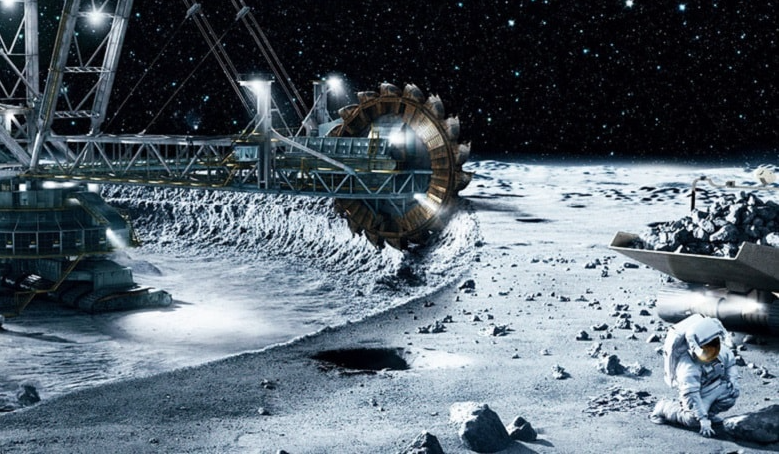JAXA, The Japan Aerospace Exploration Agency has signed a new agreement with ispace.inc, a robotic-exploration company in a first step towards developing a mining industry on the Moon.
The collaboration between Jaxa and ispace.inc, was sealed with a a Memorandum of Understanding (MOU) and marks the beginning of Japan’s first concrete action for the development and creation of the space resource industry, with a focus on lunar resources.
ispace.inc is a space robotics company based in Japan and is focused on developing miniaturised technology to discover, map, and utilise resources in space. The company is also behind Team Hakuto, a contender in the Google Lunar XPRIZE with aims to send the first privately developed micro-rover to the Moon in 2017, in an attempt to win the $20M XPRIZE. Team HAKUTO, is the only Japanese team competing for the XPRIZE and it has already been awarded a Mobility Milestone Prize from Google Lunar XPRIZE in January 2015.
The company’s long term plans are to deliver extracted and processed resources to customers on and around the Moon, thus allowing the company to claim a share of an industry that is estimated to reach a value of 90 billion dollars in 2030.
“Space resource development is attracting a great deal of attention around the world” said Takeshi Hakamada, the founder and CEO of ispace. “We think it is important to actively participate in the rule-making and commercialization while we are technologically competitive globally with our HAKUTO project.”
Japan has already announced a national policy to strengthen the development of the space resource industry within the country, as part of the 20-year implementation schedule for Japan’s Basic Plan on Space Policy.
“With strong support from our government and our new partnership with JAXA, ispace will strive to lead the space resource development industry both nationally and internationally,” added Hakamada.











